I picked up a couple of Lin Vandenberg’s Historical Egyptian Treasures at my guild a while back. They are from 1992 and I can’t seem to locate any online reference about them. It is a technique I hadn’t tried yet: pattern darning. I say I don’t like doing counted work – at least from previous experience (cross stitch, canvas work, and blackwork); but I think pattern darning isn’t so bad actually! It is a very basic concept, and in fact, the flyer claims nearly all pattern darning found in any culture can be traced back to the eastern Mediterranean and Mamluk Egypt. You simply weave the needle over and under threads of the ground fabric in horizontal lines (using the weave of the ground fabric as the grid), then flip the work and repeat; for me as a right-handed person this means I am always working from right to left.
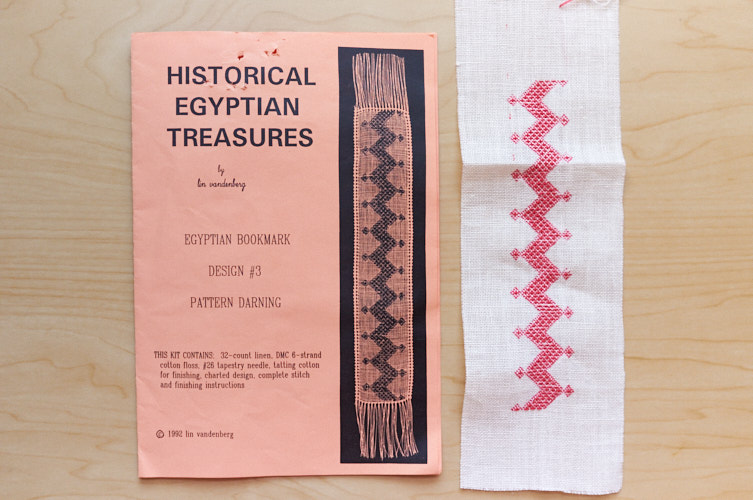
This particular variance (Lin’s Egyptian Bookmark Design #3) is based on a 13th-15th century archaeological fragment and is representative of a transition shown within the evolution of pattern darning. (Please excuse Maya’s chompmarks on the pamphlet – there is a reason she is known as the Paper Vampire!) This is because earlier work was focused on the void, with evenly space stitching. You can see an example of using the negative space with darning stitches over at Royce’s Hub.
This design moves beyond that, so that the stitches are the design. The big evolution here is that instead of evenly measured stitch lengths, someone got the idea to vary the length of the stitches (in this case, either over one thread, or over three). And not only did the color became the design, but within this stitching you will see little diamonds making up the zigzag pattern.
I found it frustrating at first to be doing this on a non-even weave fabric, but then I really liked it because it would be so much more historically accurate! So, the gaps in stitching you see aren’t mistakes; it is simply because the fibers vary in fatness. Note that the fabric is turned here – I worked it in vertical design, if that isn’t obvious.
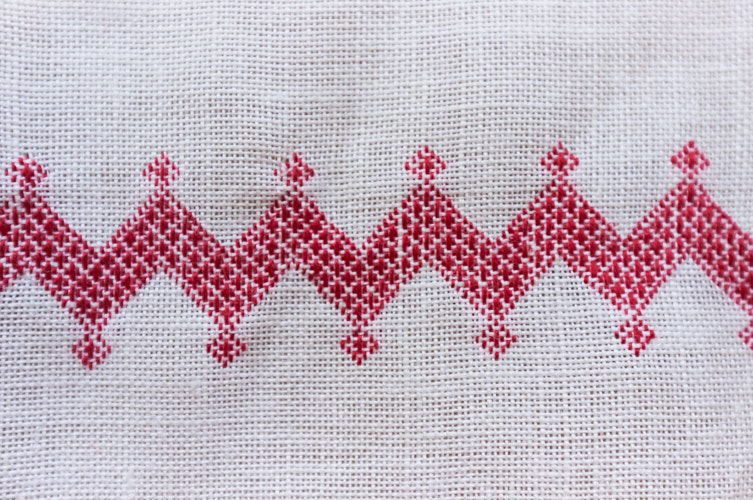
I am putting this project on hold for a bit. The finishing stage is to add picot edging and fringe. The directions in the pamphlet are not clear enough for me, and my brief google search hasn’t been fruitful. I made attempts on a scrap, but I just don’t think I am doing it the correct way. I am going to wait until my guild meets again so I can ask if anyone knows how to do these two things. That’s why I didn’t bother to iron it, sorry! But I will work up the other kit, which is Lin’s Egyptian Bookmark Design #4 and meant for a younger audience – more open weave and pearl cotton. It has a slightly different finish, but only time will tell if I can figure that one out on my own.


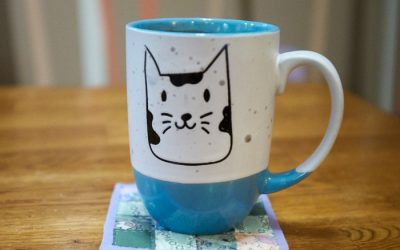
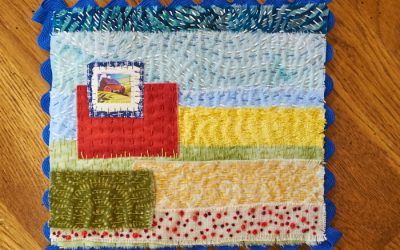

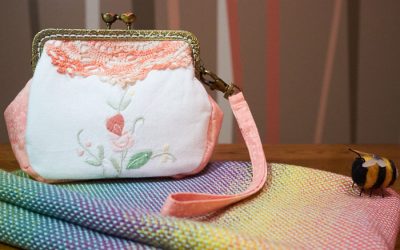
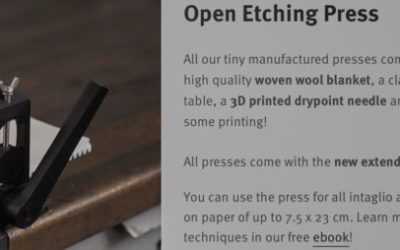
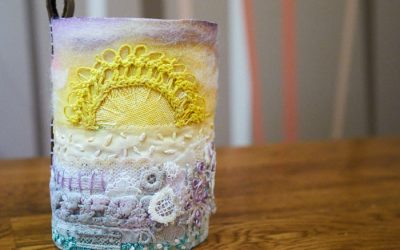
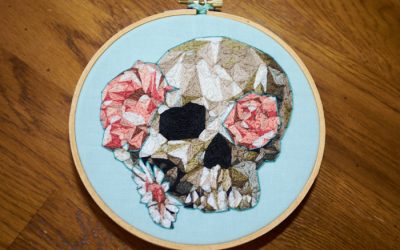
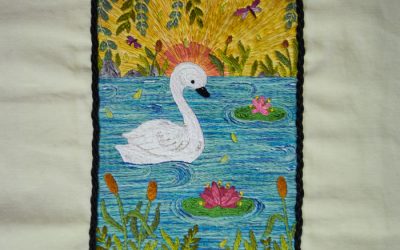
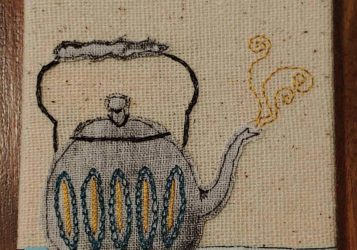
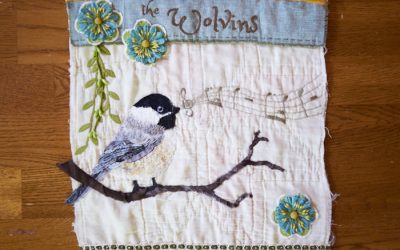
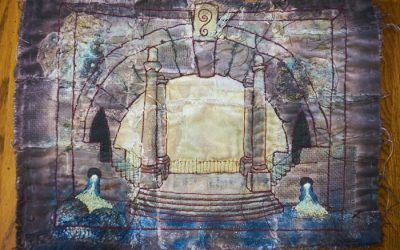

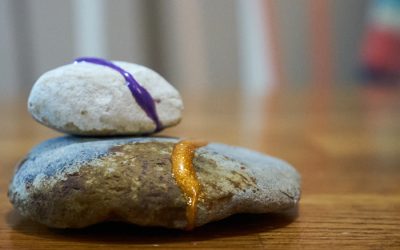
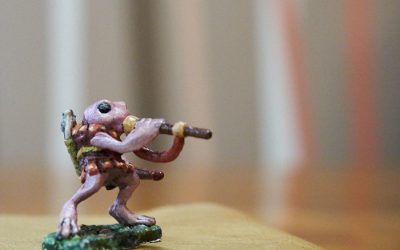
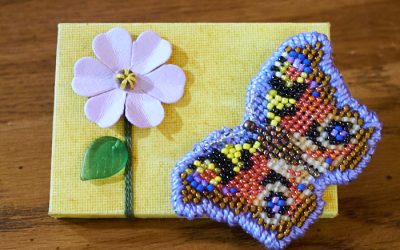
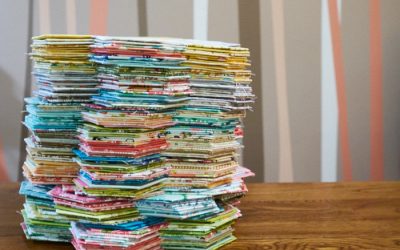
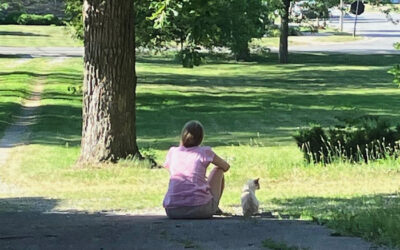
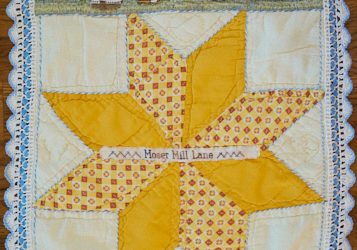
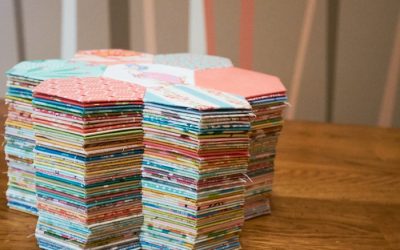
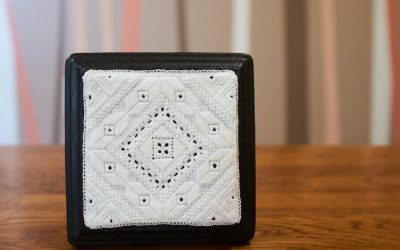
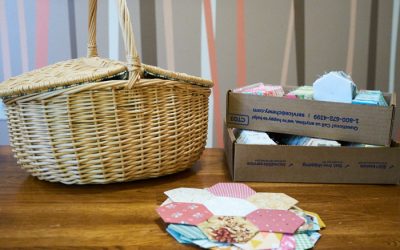
0 Comments